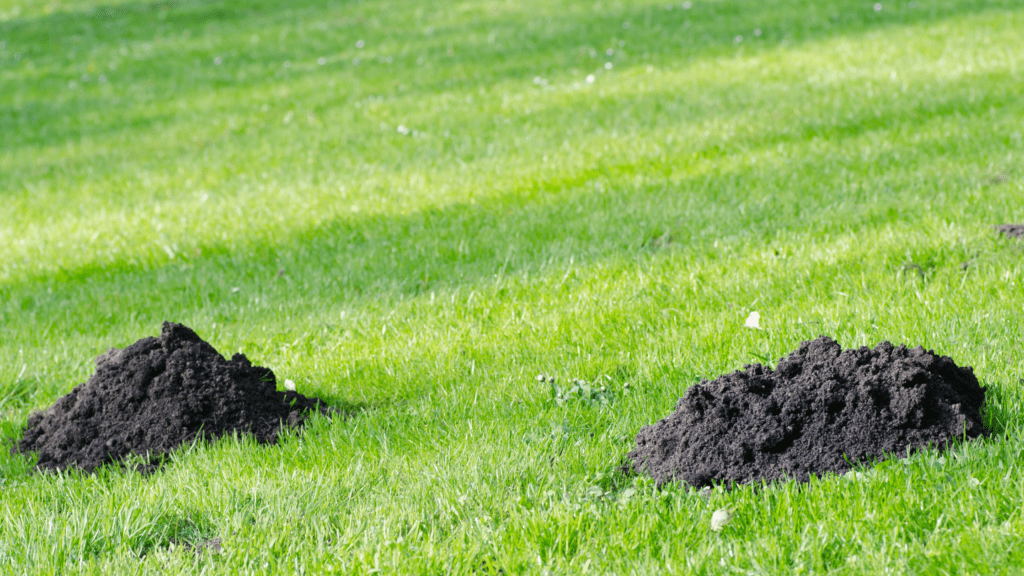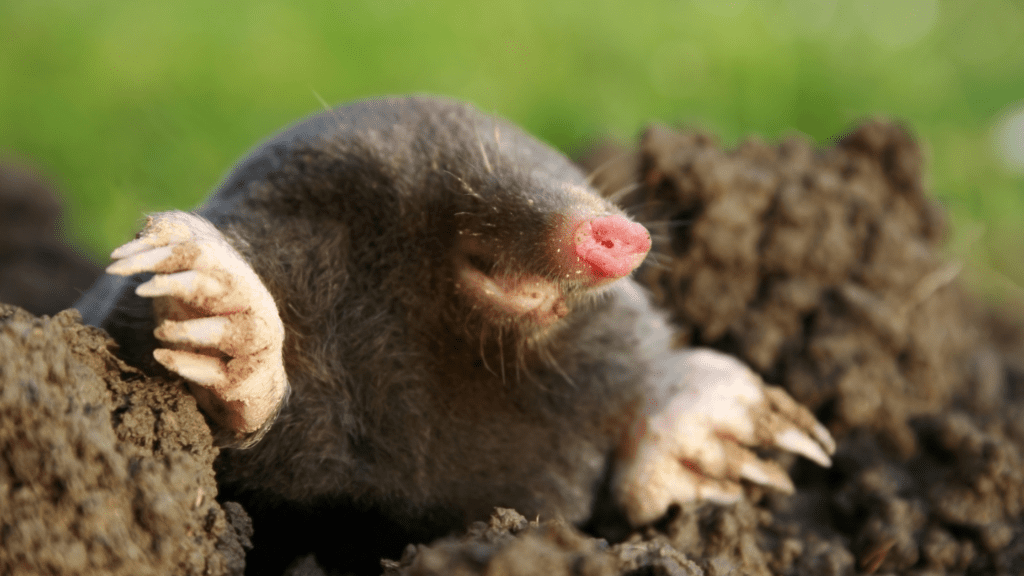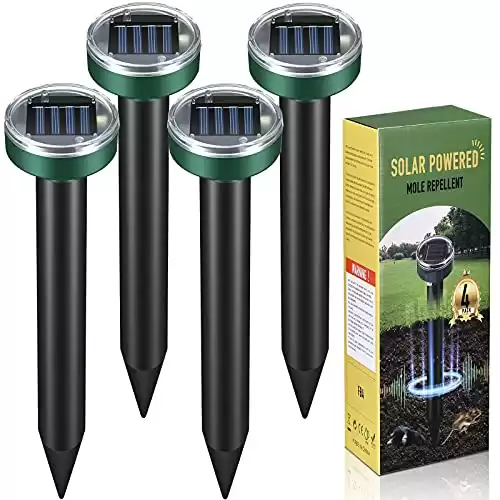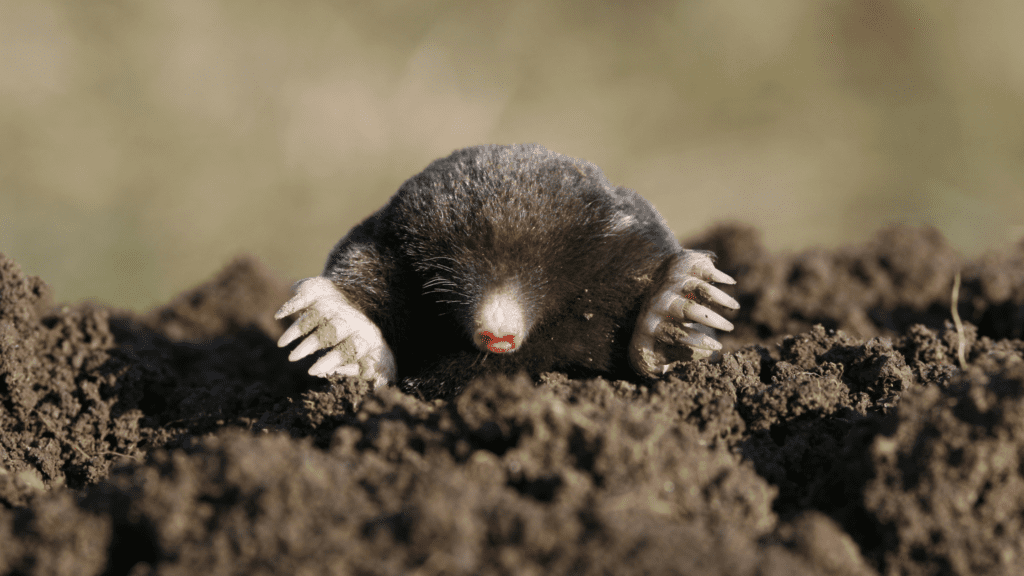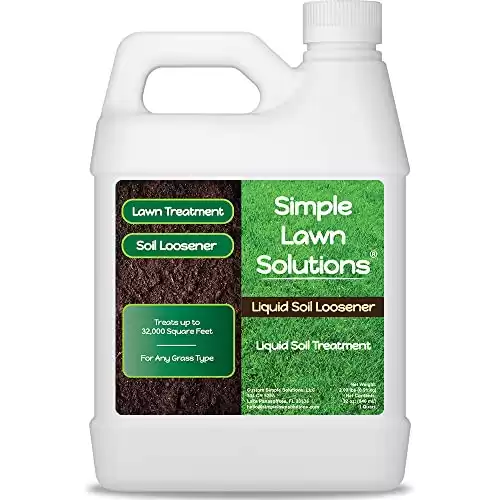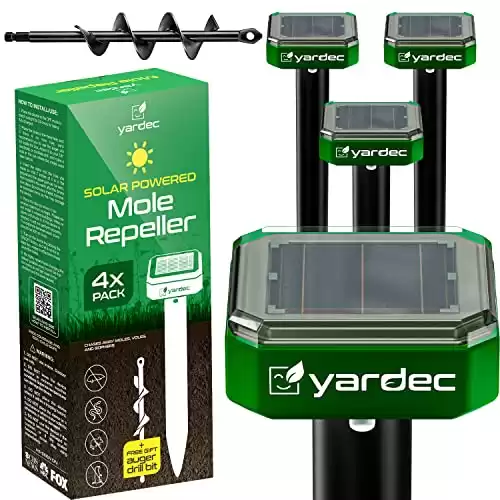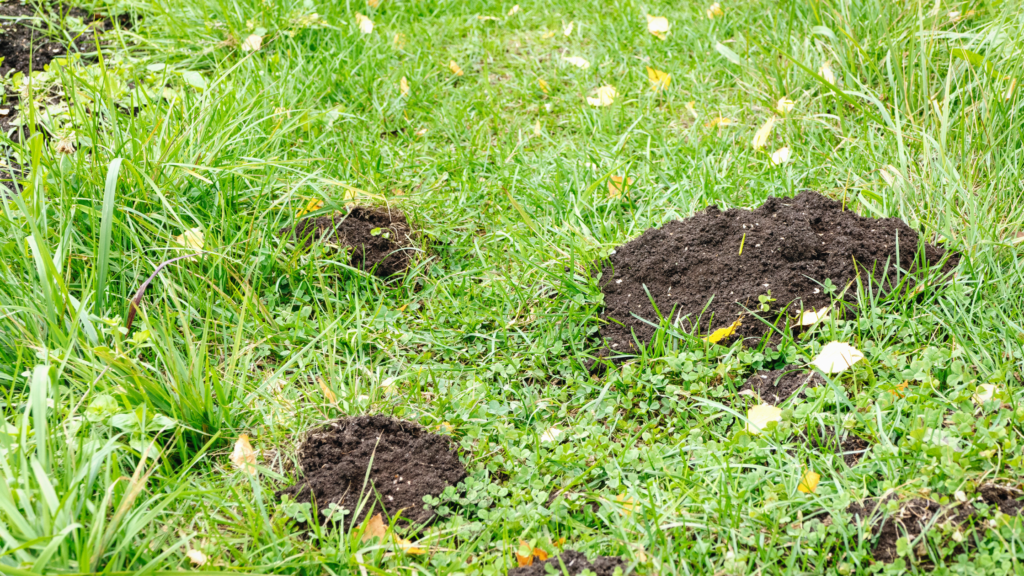Mole infestations can be a real headache for homeowners who take pride in their gardens and lawns. Moles love healthy, rich soil, which is the base of any beautiful yard – unfortunately!
Table of Contents
ToggleThe telltale signs of raised tunnels and mounds of soil are enough to send any green-thumbed enthusiast into a frenzy. In this blog, we explore the seven most common and practical steps to both identifying and addressing a pesky mole problem. Let’s dive in.
Identifying the Mole Problem
Before you can fix an infestation, you must confirm they are the culprits! Here’s some straightforward ways to identify a problem:
Surface Tunnels
Moles create an extensive network of surface tunnels, leading to raised ridges or soil mounds in your yard. These tunnels are often fairly straight and can extend up to 70 meters long.
Soil Mounds
As they tunnel, they push soil to the surface, forming small soil mounds or molehills. These mounds resemble miniature volcanoes and are a clear indicator of mole activity.
Plant Damage
While moles don’t feed on plant roots, their tunneling damages roots causing plants to weaken or even die.
How to Get Rid of Moles
Once you’ve confirmed it’s an infestation, it’s time to take action. Here are some practical pest control measures to manage them:
Trapping
Traps are a humane and effective way to capture them. Place traps in active tunnels, following the manufacturer’s instructions carefully. Spring-loaded scissor traps and harpoon traps are commonly used for infestation control. Check and reset them regularly for the best results.
Repellents
You can find various repellents on the market, including castor oil-based products and ultrasonic devices. While their effectiveness may vary, many homeowners have great success with them.
Bait
Setting bait in their tunnels is a very common means of eradicating moles. Though not as humane, it is often utilized by commercial companies for its speed and effectiveness. Use a metal pole to find a surface tunnel by poking the ground around where you suspect one to be, and place the bait inside the tunnel.
Do not use the mounds to place the bait as these are simply where the moles push out dirt, and do not have active mole traffic.
Natural Predators
Attracting natural predators such as owls, hawks, and snakes to your garden will certainly ward off moles and many other small nuisances. These creatures prey on rodents and can help reduce the mole population naturally.
Soil Aeration
Soil aerators destroy mole tunnels. Regularly aerating your lawn significantly deters moles from returning since they generally prefer not having to rebuild. Moles are notorious for stealing each other’s homes once a tunnel becomes available.
Barriers
Install hardware cloth or other suitable barriers below the soil surface to prevent moles from tunneling in specific areas, such as gardens or flowerbeds.
Professional Help
If the infestation is severe or if your control attempts have been unsuccessful, consider consulting a professional pest control service.
How to Get Rid of Future Moles
After successfully winning against an infestation, it’s important to take preventive measures to hopefully avoid a future problem. Remember that persistence is often necessary to effectively manage these subterranean pests. Stay vigilant for signs of mole activity, addressing any new issues promptly to prevent a very annoying reinfestation!


